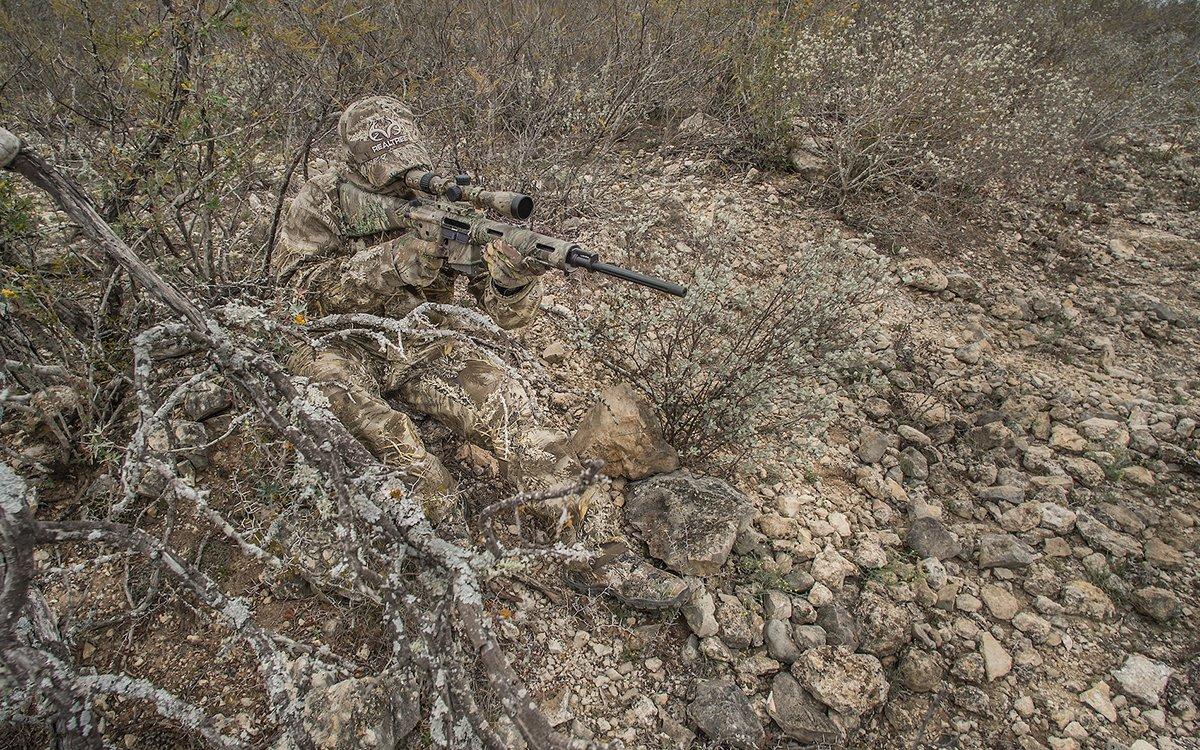On Rifling, Barrel Twist and More
There are a lot of important factors that you should consider when it comes to buying an AR-15: Would the barrel's twist rate be one of them? Well it should be, and here's why.
What is rifling?
Rifling grooves are machined into the gun's barrel. These grooves engage the bullet's jacket and make the bullet rotate as it travels down the barrel of the gun. This rotation makes the bullet spin as it exits. A spinning bullet is more stable and travels further, with more accuracy, than a bullet that does not have a spin. Think of a football being thrown; a nice tight spiral travels further and is more accurate.
What is a barrel's twist rate?
To decipher what a barrel's twist rate is, we have to understand what the numbers are telling us. For example, let's say a gun has a 1:8 twist rate. The first number is how many complete rotations that bullet will make; the second number is how many inches the bullet travels before it makes one of those complete rotations. So for the twist rate used as the example, the bullet makes one complete rotation when it travels 8 inches in the barrel. If the gun has a 16-inch barrel, this means the bullet will make two complete rotations before it exits the muzzle.
Why is the twist rate important?
What purpose a gun is being used for dictates what kind of gun should be selected. Someone who is buying an AR-15 for home defense, will most likely be looking at different models than someone looking at an AR-15 to be used for hunting. The rifle's twist rate is going to decide what bullet weights your gun will be more accurate with.
A heavier bullet requires a faster twist rate. If you under-stabilize a heavy bullet with slower twist rates the bullet will become unstable quicker and lose accuracy. The same can be said with a lighter bullet being over-stabilized with a fast twist rate.
An AR-15's barrels twist rates vary from 1:7, 1:8, 1:9, and 1:12.
More advice
If you're looking for an AR-15 for general plinking and range usage, then you can get away with a twist rate of 1:12 or 1:9. You will most likely be shooting at closer range with cheaper bulk ammo in the 55-grain range. However, if you are someone looking for a long-range killer, you will more than likely be shooting heavier bullets that do a better job of bucking the wind. For this type of AR-15, I'd be looking at models that offer 1:7 or 1:8 twist rates.
For someone looking to shoot often at moderate to long ranges, but who also wants to put a dent in the local coyote population, I would recommend a 1:8 twist barrel. This barrel twist is middle of the road and does a decent job with a wider variety of bullet weights.
Go here for more Realtree guns and shooting. Follow us on Facebook.







